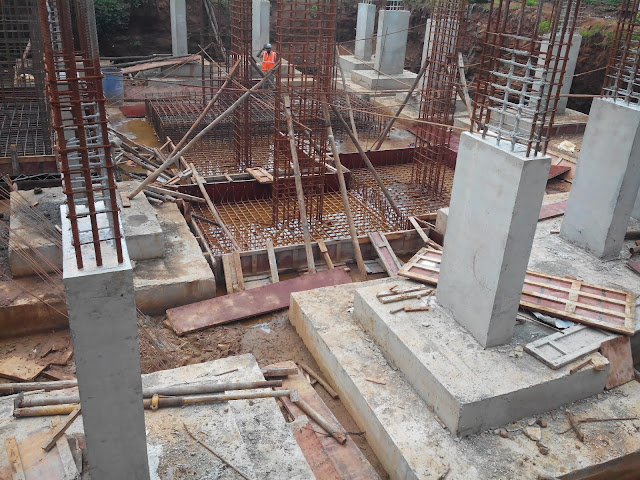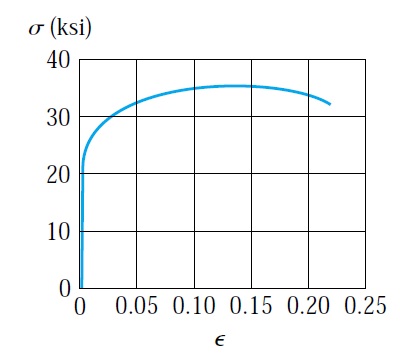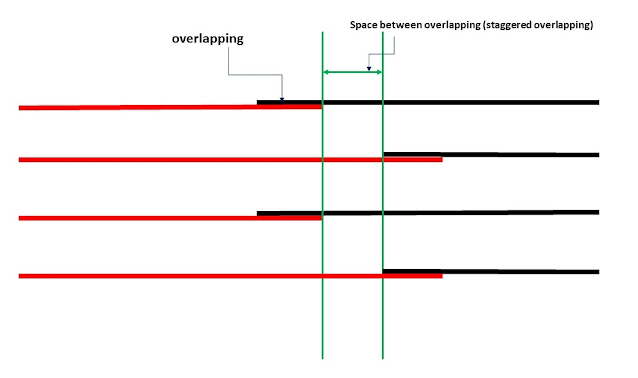Foundation of structures
Foundations are an essential part of any structure. Structures will not be able to withstand imposed loads, and it will fail in case of using the wrong foundation type or foundation with a smaller size. Determining the type of foundations will be based on a soil investigation study. Soil investigation will determine the soil bearing capacity and the other characteristics of the soil. Loads transferred from the structure is playing an important role in determining the type and size of foundations. For small structures, shallow foundations will be sufficient to transfer the load to the soil. On the other hand, huge structures required deep foundations to transfer the loads to the soil without causing large settlement or structure failure.
Figure 1
The method of construction and the mechanism of distributing the loads are different in shallow and deep foundations. Shallow foundations are composed mainly of footing. The shape of the footing can vary. It can be the square, rectangular, or trapezoidal. The constructing of footing is simple. The process of constructing a footing will begin by preparing the existing soil to the required level, then, blinding concrete is casted, and the reinforcement and shutters are installed. Finally, the concrete will be casted. The constructing of a deep foundation is more complicated. Cast-in-situ piles, driven piles are examples of deep foundations. The constructing of in-situ cast piles required special equipment such as drilling rig, cranes, and Vibro hammer. The constructing of cast-in-situ piles will consist of the following stages: punching of the casing, drilling of the pile, lowering of steel cage, then pouring of concrete and removal of the temporary casing.
Driven piles can be steel piles such as H-beam. Also, it can be precast piles. The constructing of driven piles is significantly different from cast-in-situ piles. Driving piles will require a driving hammer. The driving hammer will drive the pile to the required depth and the correct location. The size of the hammer can vary according to pile size and the required depth of driving.
Figure 3
Shallow foundations will directly transfer the loads from the structure to soil. The load will be distributed by the direct contact between the bottom of the footing and soil. The increase of footing dimensions will reduce the pressure and increase the bearing capacity of footing. The pressure distribution under the footing will vary according to soil type, as shown in figure no:4.
Figure 4
Deep foundations will carry loads of structures by two mechanisms. Friction and end bearing are the mechanisms of transferring the loads from piles to the soil. The friction between the pile's outer surface and the soil will resist the settlements of piles foundation and resist the loads transferred from the structures. Another mechanism is end bearing. If the rock layer is not deep, the pile can be extended to the rock layer. In this mechanism, the loads will be transferred to the rock layer from the pile.




















Comments
Post a Comment